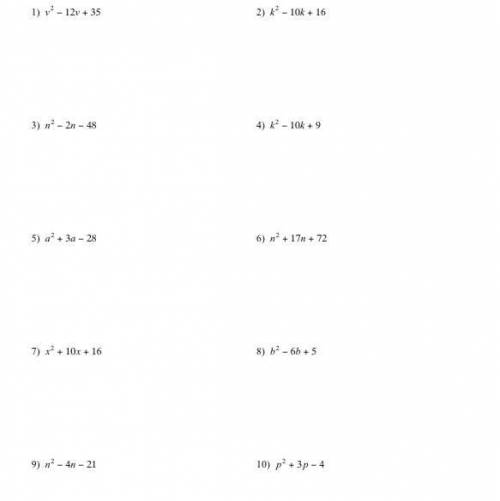
Please help I don’t understand this at all and need help please and thank you

Answers


step-by-step explanation:

when functions are first introduced, you will probably have some simplistic "functions" and relations to deal with, usually being just sets of points. these won't be terribly useful or interesting functions and relations, but your text wants you to get the idea of what the domain and range of a function are. small sets of points are generally the simplest sorts of relations, so your book starts with those.
step-by-step explanation:
state the domain and range of the following relation. is the relation a function?
{(2, –3), (4, 6), (3, –1), (6, 6), (2, 3)}
the above list of points, being a relationship between certain x's and certain y's, is a relation. the domain is all the x-values, and the range is all the y-values. to give the domain and the range, i just list the values without duplication:
domain: {2, 3, 4, 6}
range: {–3, –1, 3, 6}
(it is customary to list these values in numerical order, but it is not required. sets are called "unordered lists", so you can list the numbers in any order you feel like. just don't duplicate: technically, repetitions are okay in sets, but most instructors would count off for this.)
while the given set does indeed represent a relation (because x's and y's are being related to each other), the set they gave me contains two points with the same x-value: (2, –3) and (2, 3). since x = 2 gives me two possible destinations (that is, two possible y-values), then this relation is not a function.
note that all i had to do to check whether the relation was a function was to look for duplicate x-values. if you find any duplicate x-values, then the different y-values mean that you do not have a function. remember: for a relation to be a function, each x-value has to go to one, and only one, y-value.
state the domain and range of the following relation. is the relation a function?
{(–3, 5), (–2, 5), (–1, 5), (0, 5), (1, 5), (2, 5)}
i'll just list the x-values for the domain and the y-values for the range:
Other questions on the subject: Mathematics




...
Questions in other subjects:











